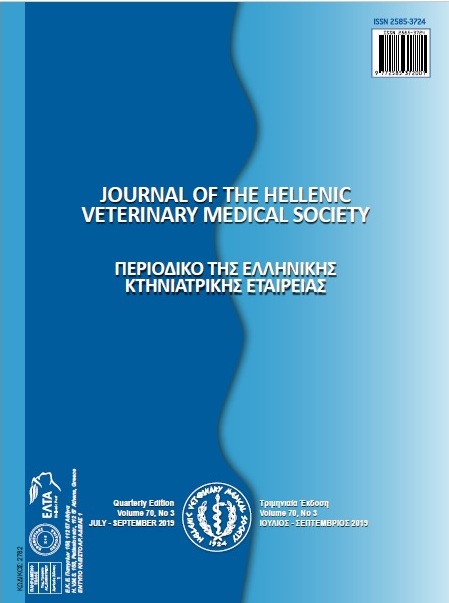Combined efficacy of silver nanoparticles and commercial antibiotics on different phylogenetic groups of Escherichia coli

Abstract
Silver nanoparticles (Ag-NPs) can attach to flexible polymeric chains of antibiotics, hence it can be used in combination with antibiotics against resistant bacteria. In this study, minimum inhibitory concentration (MIC), minimum bactericidal concentration (MBC), and MBC/MIC ratio of Ag-NPs and antibiotics (gentamicin, tetracycline, erythromycin, ciprofloxacin, nalidixic acid, cefixime, cephalexin, amoxicillin, ampicillin, and penicillin) were quantified against 50 Escherichia coli isolates (25 human urinary tract infection and 25 avian colibacillosis). All isolates had been assigned as four phylogenetic groups A, B1, B2, and D. The results showed that the majority of the human and broiler isolates belonged to phylogenetic groups A and B2. MBC/MIC ratio of Ag-NPs in combination with antibiotics was assessed. It was found that the MIC of the majority of broiler isolates to Ag-NPs was equal to or greater than 50 μg/ml. To conclude, a combination of penicillin and ciprofloxacin with Ag-NPs exhibited profound impact against isolates, the combinations might be applicable for treating multidrug-resistant bacteria.
Article Details
- How to Cite
-
KAZEMNIA, A., AHMADI, M., MARDANI, K., MORADI, M., & DARVISHZADEH, R. (2019). Combined efficacy of silver nanoparticles and commercial antibiotics on different phylogenetic groups of Escherichia coli. Journal of the Hellenic Veterinary Medical Society, 70(3), 1647–1654. https://doi.org/10.12681/jhvms.21788
- Issue
- Vol. 70 No. 3 (2019)
- Section
- Research Articles

This work is licensed under a Creative Commons Attribution-NonCommercial 4.0 International License.
Authors who publish with this journal agree to the following terms:
· Authors retain copyright and grant the journal right of first publication with the work simultaneously licensed under a Creative Commons Attribution Non-Commercial License that allows others to share the work with an acknowledgement of the work's authorship and initial publication in this journal.
· Authors are able to enter into separate, additional contractual arrangements for the non-exclusive distribution of the journal's published version of the work (e.g. post it to an institutional repository or publish it in a book), with an acknowledgement of its initial publication in this journal.
· Authors are permitted and encouraged to post their work online (preferably in institutional repositories or on their website) prior to and during the submission process, as it can lead to productive exchanges, as well as earlier and greater citation of published work.


